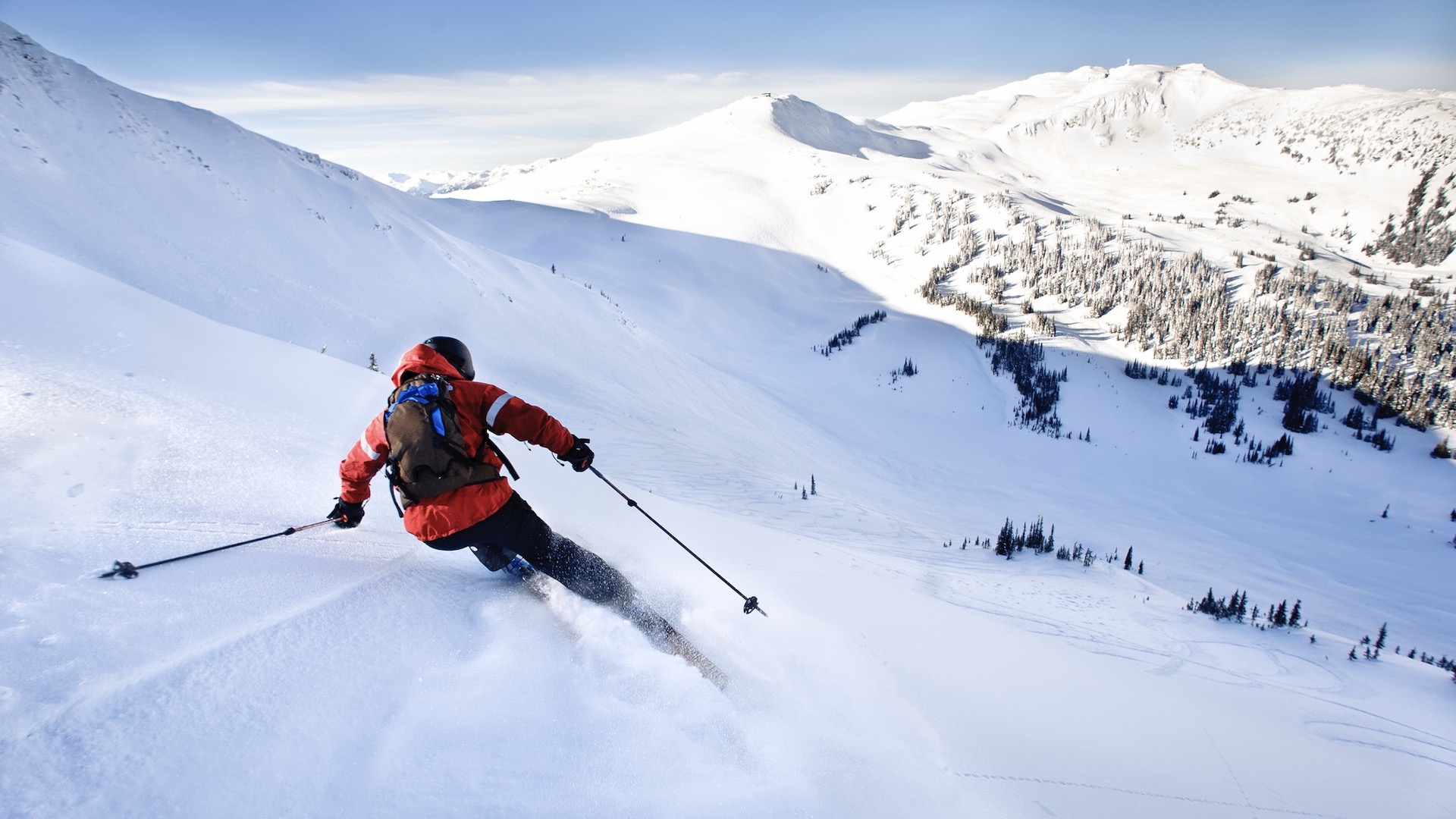
When it comes to travel, there are trips where you can wing it and then trips where you can’t. I’ve taken several itinerary-free trips to southeast Asia where I landed in Bangkok or Ho Chi Minh city with a light backpack and then just followed my nose to the nearest fragrant stall cooking up lemongrass and chili. But ski trips? Those require a bit more planning.
Planning a ski trip means you need equipment and lift tickets and because ski resorts are only open for a few months a year, lodging and restaurants can get booked up in advance. If you’re not prepared, you might end up trying to learn to ski at an experts-only resort or paying exorbitant prices for lodging because there’s only one room left in town.
Fortunately, I spent 11 years living in a Colorado ski resort and amassed a fair bit of knowledge about planning ski trips, including potential pitfalls and how to find the best deals if you’re trying to ski on a budget (it’s tricky, but possible). Read on for my tips for how to plan a ski trip in seven steps.
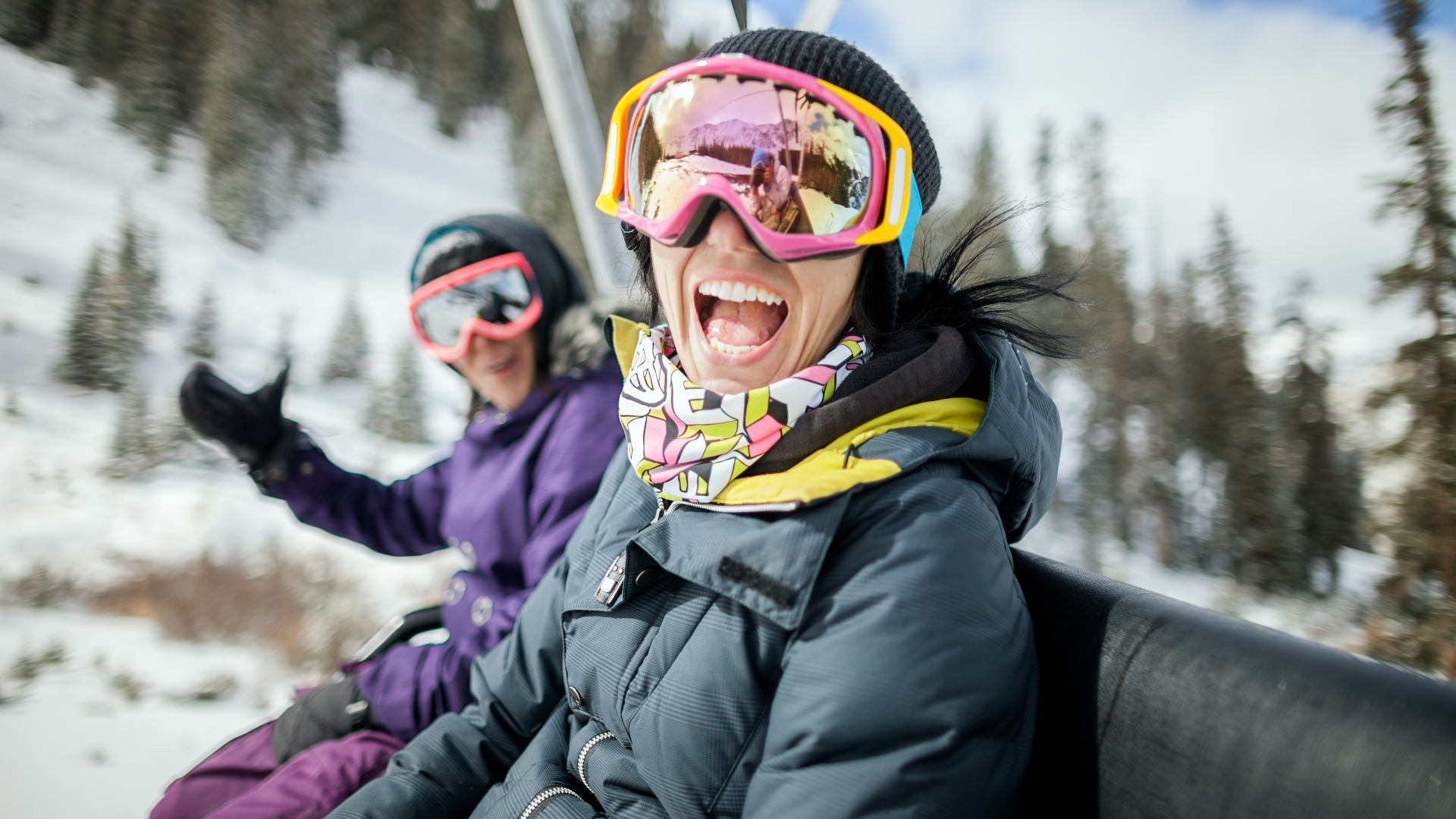
1. Location
On the face of things, ski resorts all pretty much look the same: snow-covered slopes, chairlifts and a base village with shops and restaurants where you can always find a hot meal and a cold beer. In terms of character, terrain and facilities, however, there can be a lot of variation between resorts.
When choosing a resort, you’ll want to have an idea of what you’re looking for and do some research. Some resorts have loads of beginner-friendly terrain that isn’t too steep whereas others pride themselves on being for expert skiers only with nothing but black diamond trails and out-of-bounds (off-piste) skiing and you’ll want to make the right choice for your ability level if you don’t want to spend the whole week at the lodge.
Another factor you’ll want to know about in advance are whether a resort is extremely expensive or just moderately priced (hardly any are actually cheap). Some spots, like Aspen, are largely geared towards A-list celebrities and billionaires whereas I spent two years touring Vermont resorts and found a lot more welcoming spots there.
If you’re traveling with your family, you might want to know what other activities are available for children. In my years living in Vail, I often came across families whose kids had got tired of skiing and were looking for other things to do, so make sure there are facilities like snow tubing or a nearby cinema for entertainment.
Finally, if your dates are limited, it’s worth betting on a resort that’s considered “snow sure” so that even if it’s not a great winter for snow, you can still get some runs in. In the US, Rocky Mountain resorts in general are more snow sure than those in the northeast, but it all depends on the year.
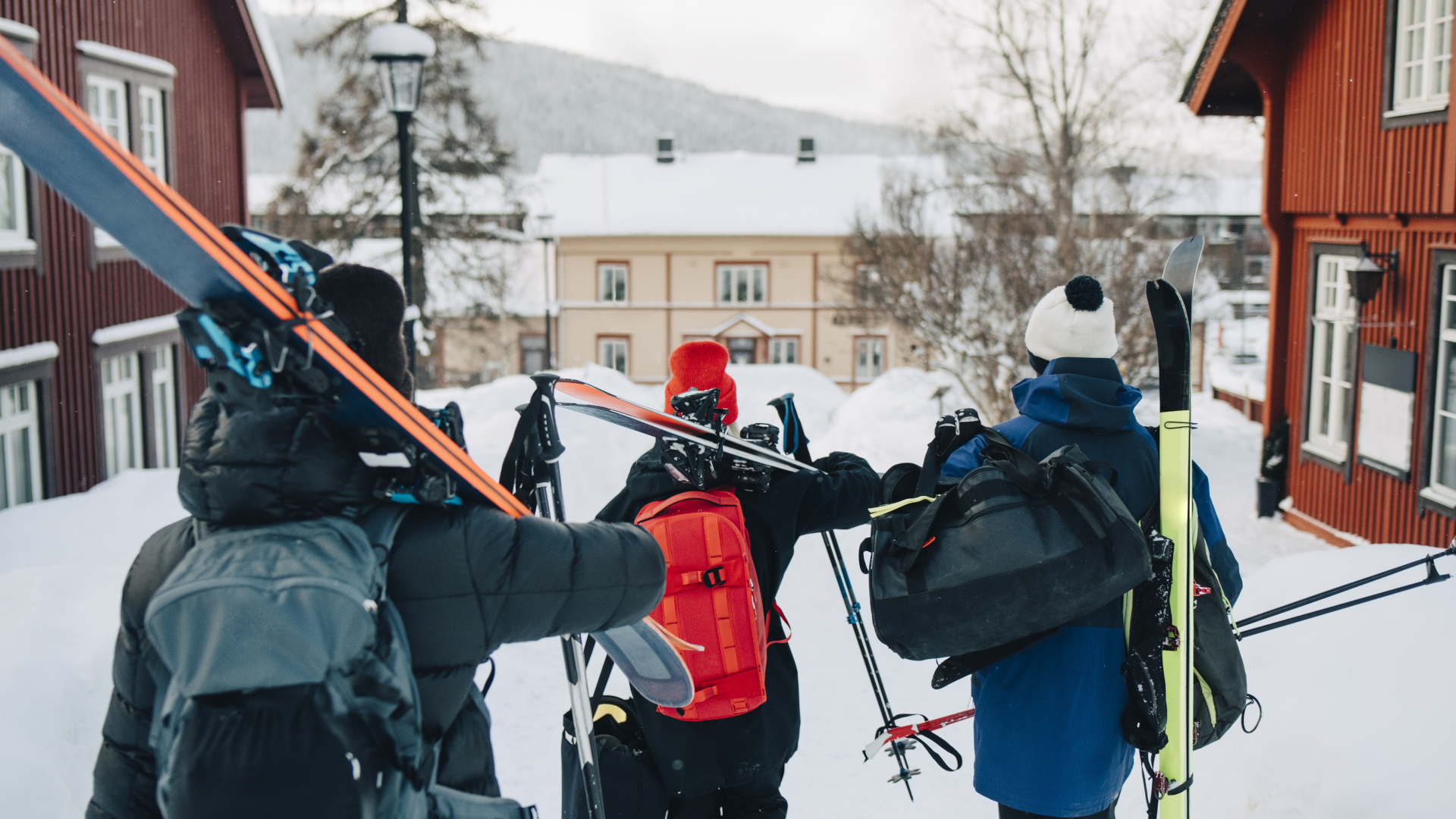
2. Timing
Obviously, your ski trip will take place over winter and you might be tied to whenever you can take time off work, but if you have a little wiggle room, it’s usually a good idea not to go too early or too late in the season. Some seasons are epic from start to finish, but November and December can often be a little scant on the snow front, especially if the resort doesn’t make snow, while a warm and early spring can make for sticky, ACL-tearing conditions by March.
January and February are usually the best months for snow and cold temperatures, but it’s also wisest to avoid major holidays – Christmas, President’s Day, Martin Luther King Day – when the slopes are crowded, and try to get your trip booked before the madness of Spring Break in March. More crowds means longer chairlift lines, inflated prices for lodging, lift tickets and transportation and more harassed service industry staff.
If it’s been an epic winter, and you’re booking last minute, you can find some great skiing in the period after Spring Break but before Easter.
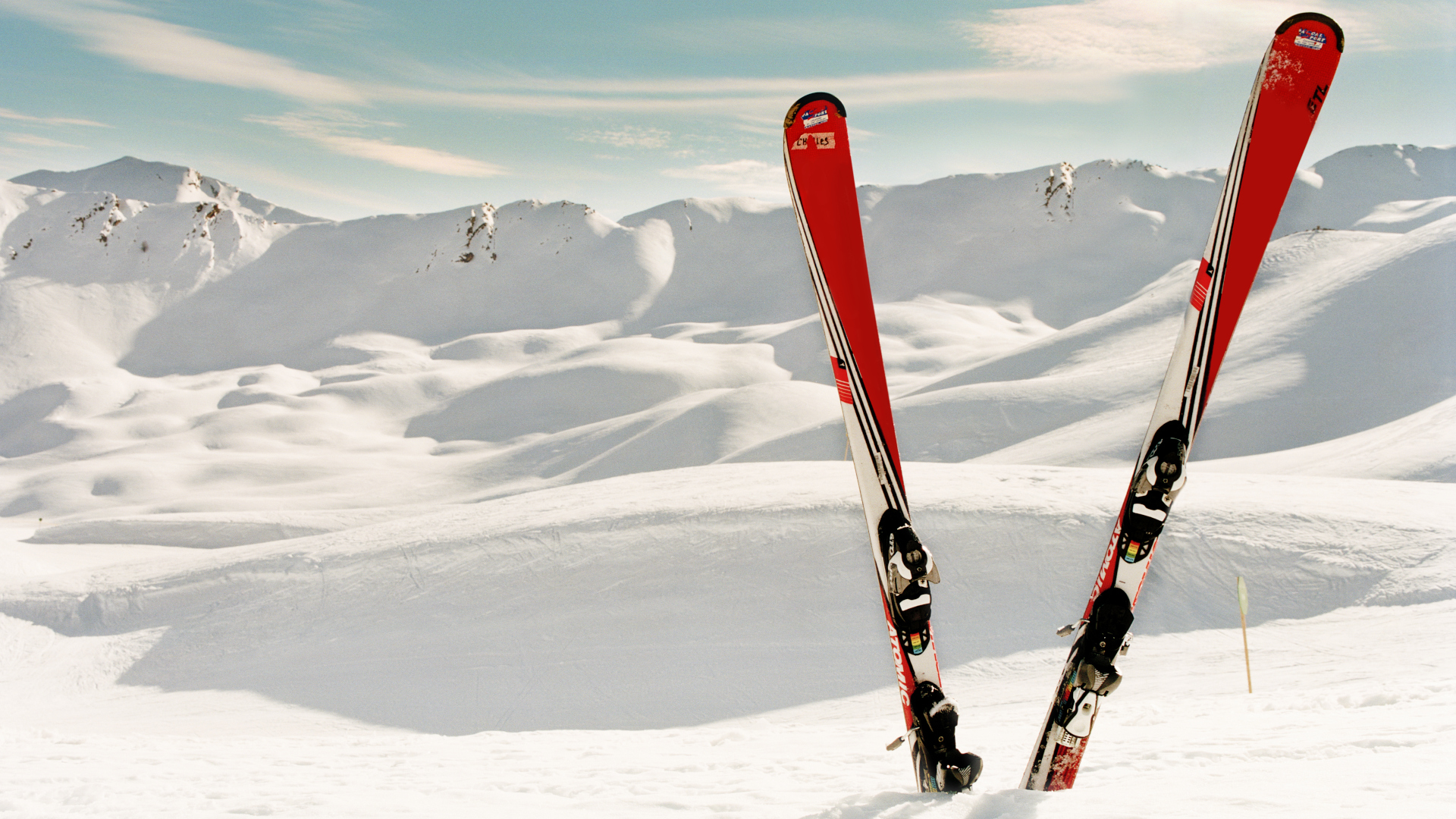
3. Lodging
Any resort will have tons of lodging, and whether you go for a hotel or self-catering is really up to personal preference. That said, amenities to look out for include distance to the gondola (if it’s too far to walk in ski boots, check that there is easy access to public transportation), a ski room to stash your gear and, ideally, a hot tub to soak in after a long day shredding.
The further you stay from the resort, the cheaper it’s likely to be, but then you’ll need to consider transport to and from the slopes, which we’ll discuss next.
4. Transportation
Ski resorts are in the mountains, and that means they’re often a long drive on winding, snowy roads from the airport. You’ll need to consider how you’re going to get to the resort, and make sure you can get around once you’re there.
Most ski resorts are self-contained units where lodging, dining and ski lifts are all within a stone’s throw of each other while parking can be horrendously difficult and expensive. Meanwhile, just about every ski resort from Vail to Verbier is well-served by airport shuttles that are designed to carry skis and snowboards and you’ll often have access to free shuttles within the resort.
Basically, bringing a car to a ski resort can be a pain, especially if it snows, and you may be able to comfortably and affordably do it all on shuttles and buses, then enjoy an apres drink at the bar after skiing without worrying about driving home afterwards.
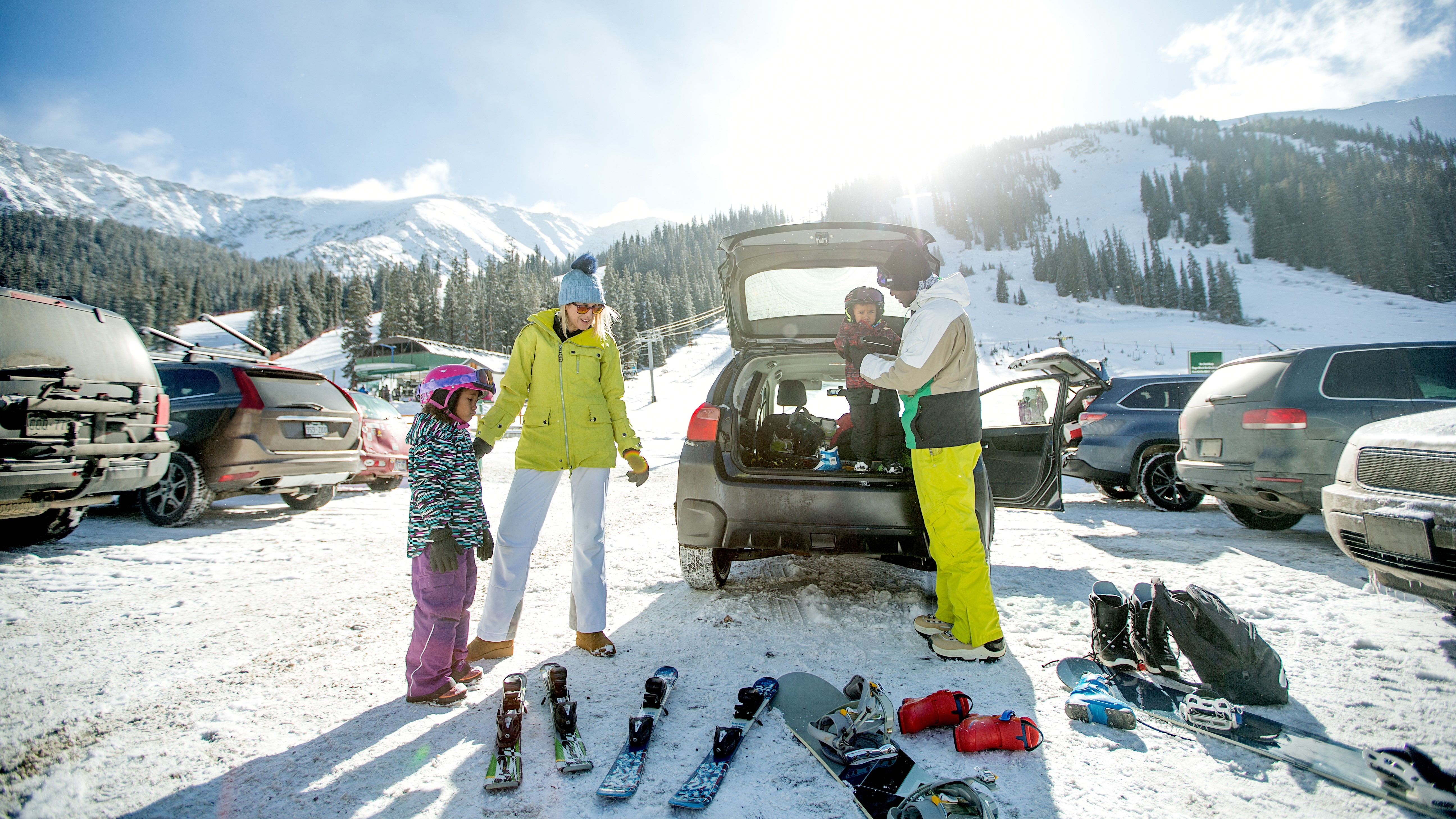
5. Lift tickets
The world of lift ticket pricing has become increasingly murky over the years and more and more, resorts are trying to get people to buy their lift tickets in advance. Some resorts inflate their prices on certain days and drop them the next, depending on how busy they are. Wait until the day of and you could end up paying upwards of $200 for a single day of skiing in some resorts while paying for a block of dates in advance often gets you a better deal.
If you’re just going out for a week, or less, you might not even think to look at season passes, but if you know where you’re going, it might actually be worth doing so. Vail Resorts operates on the Epic Pass which gives season-long access to dozens of resorts around the globe. For locals, it’s a no-brainer but when I lived in Vail, many of our annual guests started to realize that it was actually cheaper for them to buy an Epic Pass for the whole season even if they were just coming out for five days of skiing. A season pass might also give you discounts on rentals and of course, flexibility.
That said, if you buy a block of single day passes and end up not skiing every day, some resorts like Vail will refund the days you didn’t use, so it’s worth reading the fine print and getting your calculator out and figuring out which is the best deal for you.
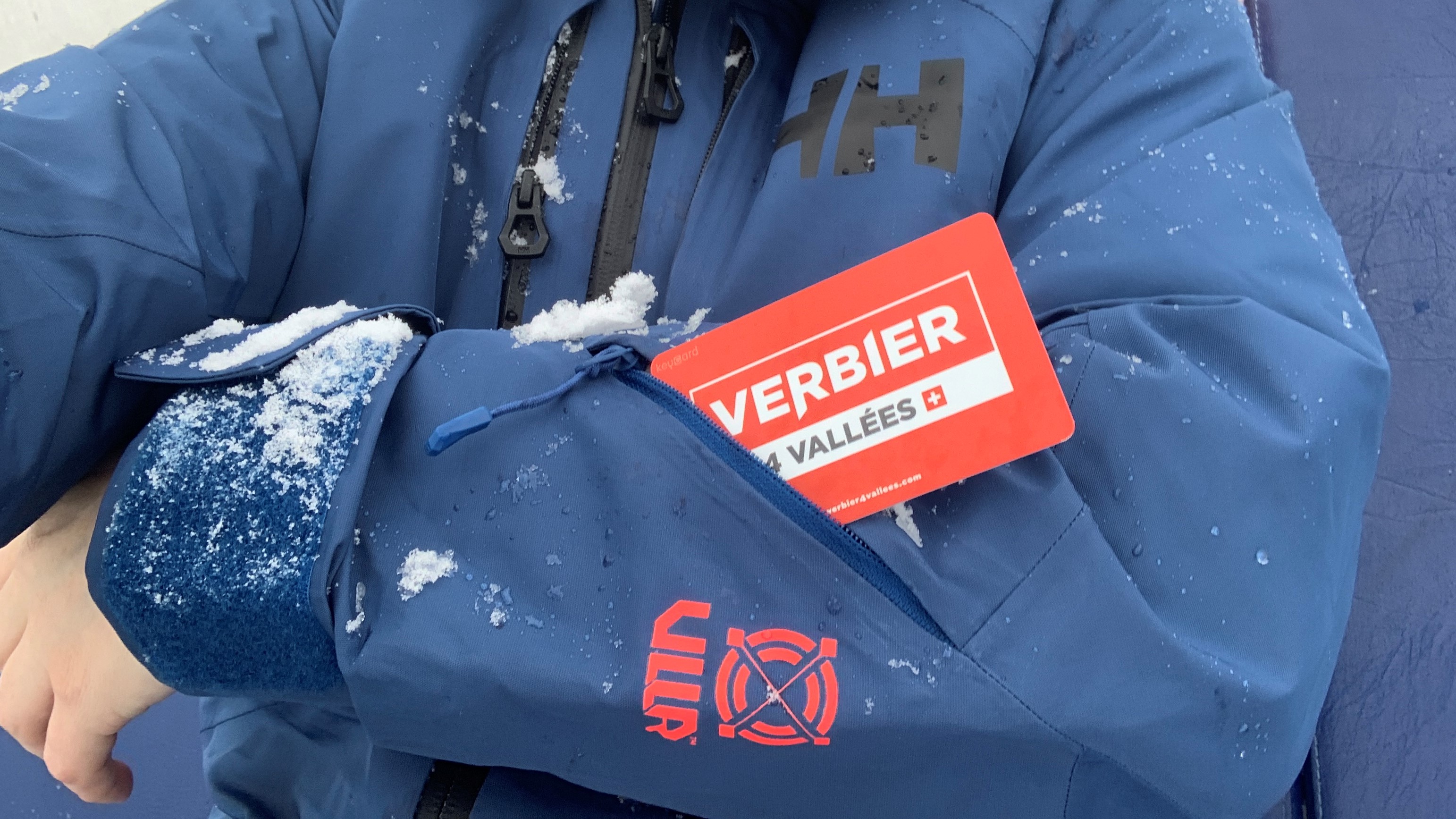
6. Equipment
Skiing requires a fair amount of equipment, and if you’re an avid skier, you’ll have your own and want to bring it, but if you don’t own skis and boots, you don’t need to drop a huge wad of cash here.
Ski rentals usually mean you can test out the latest equipment at pretty affordable prices and it means you don’t have to figure out how to fly with skis or even transport them in your car, plus some ski rental shops let you use their locker room for your skis overnight which saves you dragging them around the village.
You can arrange your rentals in advance, including poles and helmet, and show up to get fitted and you’ll be good to go in the morning without much hassle.
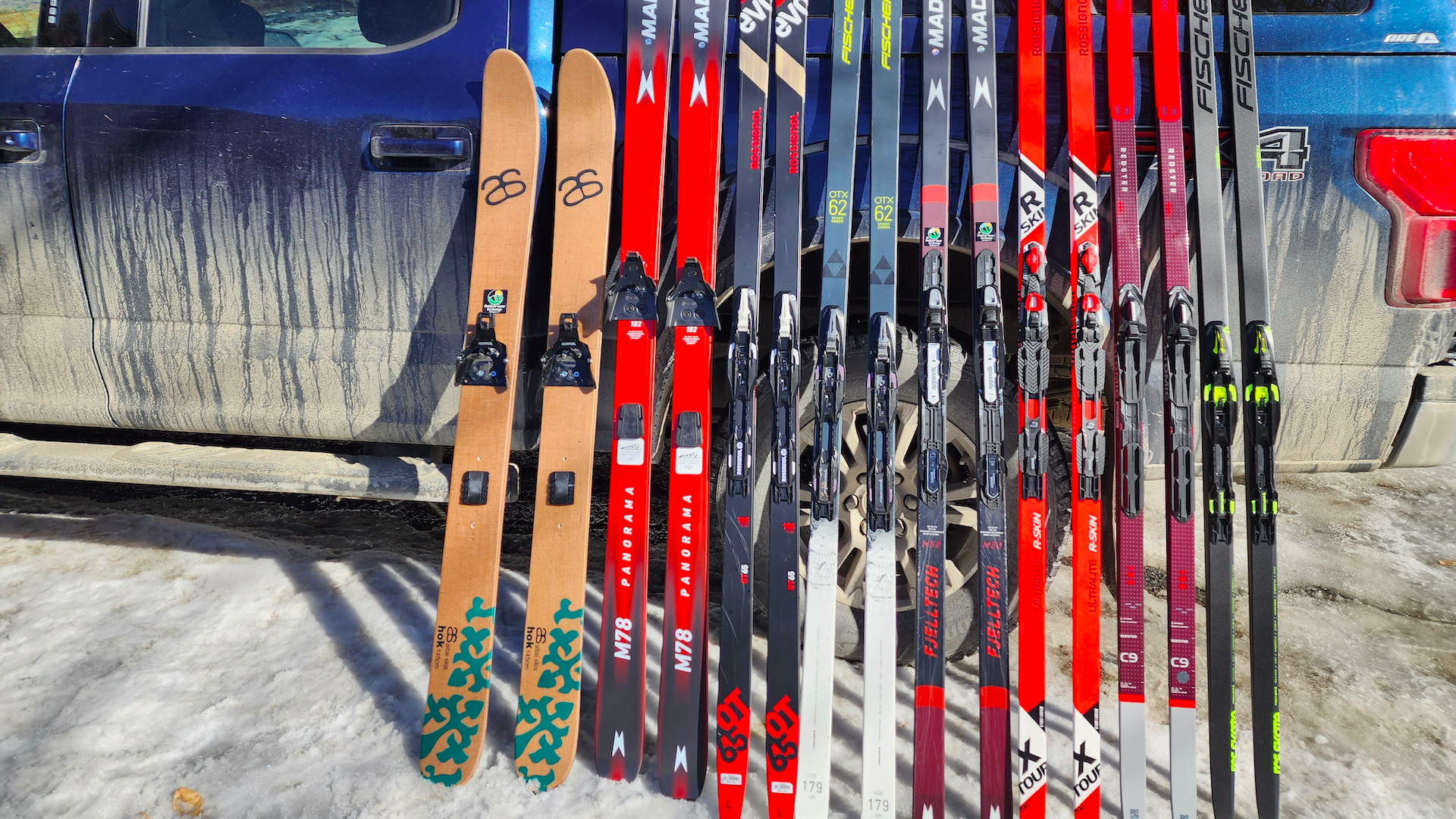
7. Clothing
Finally, you’re going to want some ski-specific clothing as trying to get by skiing in jeans with rain pants over the top really isn’t very comfortable. At minimum, get some ski socks, thermal underwear and ski pants or salopettes for your bottom half, and wear a base layer, fleece jacket and a ski jacket or shell on the top, plus some ski gloves and goggles to protect your eyes.
Here’s what I wear on the slopes:
- Ski pants: Helly Hansen Women's Powderqueen Bib Ski Pants
- Base layer: Helly Hansen LIFA Merino Midweight Crew Base Layer and mathing thermal underwear
- Mid layer: Helly Hansen Varde Fleece Jacket 2.0
- Ski jacket: Helly Hansen Elevation Infinity 2.0 Ski Shell Jacket
- Ski gloves: Helly Hansen Swift HT Ski Gloves
- Ski goggles: SunGod Snipers







